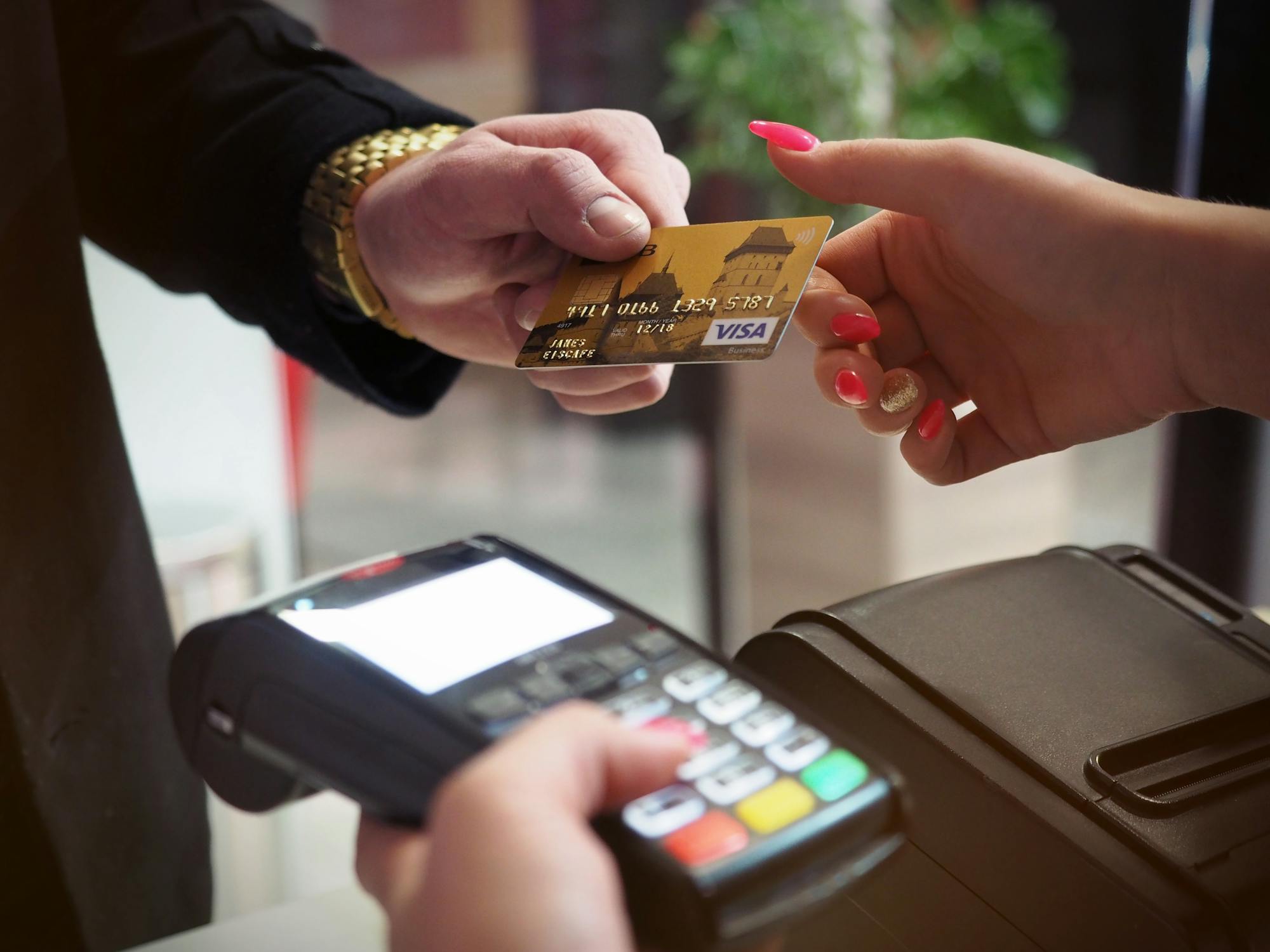
Banking in the Modern Age
How financial institutions are evolving to meet the needs of digitally-oriented consumers.
Mobile Banking Behaviors
The shift to mobile-first banking has transformed how people interact with their financial institutions.
Frequent Check-ins
Mobile users check their bank accounts 5-6 times more frequently than traditional banking customers, often viewing balances multiple times per week.
Instant Transfers
Person-to-person payments and account-to-account transfers have become immediate rather than the multi-day processes of the past.
Digital Documentation
Statements, receipts, and important documents are increasingly stored digitally rather than in physical form.
Consumer Banking Behavior Evolution
Traditional Banking Model
-
Branch-focused interactions
Primary touchpoint was in-person visits to local branches
-
Monthly statement reviews
Account activity primarily reviewed when paper statements arrived
-
Delayed transaction information
Several days could pass before seeing transactions reflected in accounts
-
Limited self-service options
Many tasks required calling or visiting a branch during business hours
Modern Banking Model
-
Mobile-first experience
Primary interaction through smartphone apps with minimal branch visits
-
Real-time monitoring
Frequent balance checks and transaction monitoring throughout the day
-
Push notifications
Immediate alerts for transactions, deposits, and account changes
-
24/7 self-service
Most banking tasks can be completed at any time without assistance
Institutional Evolution
Banks are adapting their services and structures to meet modern consumer expectations.
Adapting to Digital Consumer Needs
Financial institutions are continually evolving their services to support the changing needs of digital-first customers.
Banks like Fifth Third (often known as 53) are among those evolving to support mobile-first users with features like instant transaction tracking and budget visualizers.
These institutions are investing heavily in digital infrastructure while reimagining the role of physical branches as specialized service centers rather than transaction processing locations.
Key Digital Banking Features
-
Real-Time Notifications
Immediate alerts for transactions, deposits, potential fraud, and account changes.
-
Spending Insights
Categorized transaction data with visualizations to identify patterns and opportunities.
-
Enhanced Security
Biometric authentication, location-based security, and transaction monitoring.
-
Instant Transfers
Real-time payment capabilities between accounts and even different institutions.
The Changing Branch Experience
Physical bank locations are being reimagined as financial centers rather than transaction-processing facilities.
New Branch Models
Advisory Focused
Specialized in complex financial guidance rather than simple transactions
Tech-Integrated
Self-service kiosks with video conferencing to remote specialists
Community Hubs
Spaces for financial education and networking events
Smaller Footprint
Reduced square footage with more efficient layouts
Branch Usage Statistics
Banking Features Supporting Healthy Financial Habits
Modern institutions offer tools specifically designed to encourage positive financial behaviors.
Automated Savings Programs
Features that automatically transfer small amounts based on spending patterns, rounding up transactions, or regular schedules.
Budget Integration
Tools that allow users to set spending categories and receive alerts when approaching self-imposed limits.
Financial Goal Tracking
Systems for setting, monitoring, and receiving encouragement on progress toward savings and debt reduction goals.